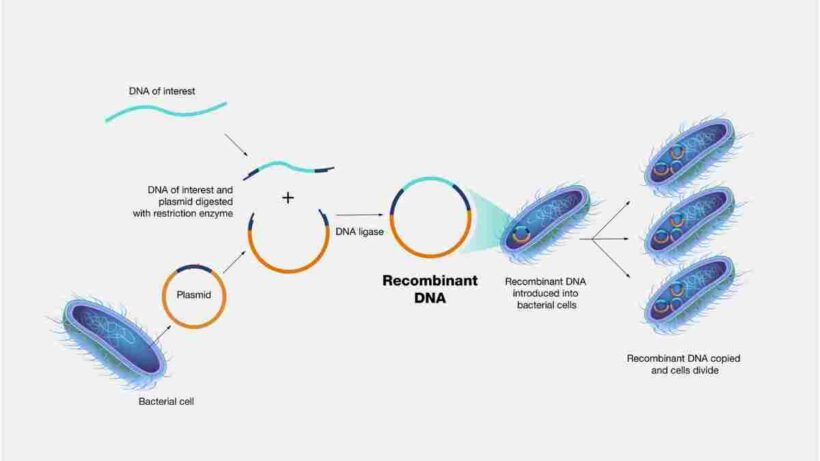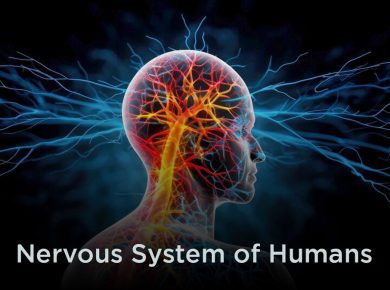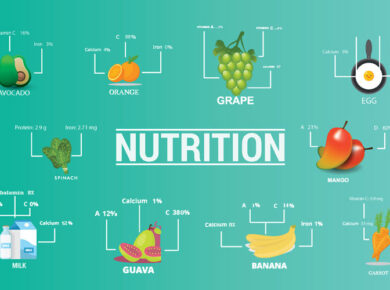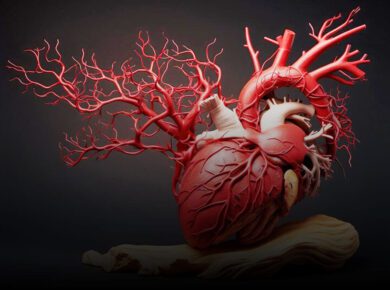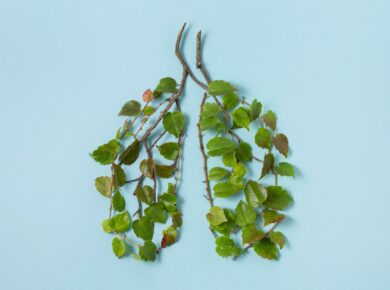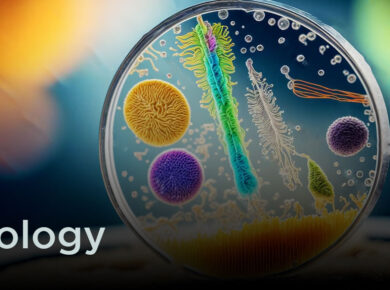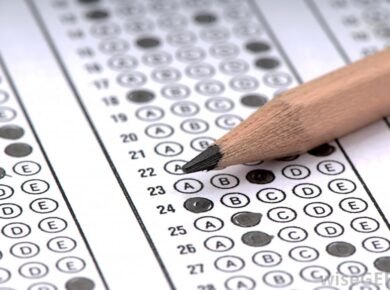Recombinatnt DNA Technology
One of the major applications of genetics is in genetic engineering which is also called recombinant DNA technology. In this technique the desired gene which is a DNA segment carrying a particular sequence of nucleotides is added to the DNA of another organism (usually a bacterium) with the help of a transferring agent or vector.
The modified DNA molecule carrying DNA from two different sources is called recombinant DNA or rDNA. The joining of two piece of DNA is termed DNA splicing (Splicing in Latin means marriage).
Related Content: IAS Mania covers all topics in the science category for the UPSC exams.
In the Roslin Institute in Scotland, Ian Wilmut cloned “Dolly” the sheep from her mother in 1996. The nucleus from a cell from Dolly’s mother’s udder (mammary glands) was introduced into the egg of another ewe (female sheep) whose nucleus was removed. This cell divided to give more cells which formed as embryo that could be implanted into the uterus of another ewe (surrogate mother).
-
- The desired piece of DNA is cut from the cells (e.g. human cells) with the help of enzymes called restriction endonucleases or restriction enzymes. These enzymes are found in different bacteria. They recognise specific nucleotide sequences in a DNA molecule and cleave (cut) them.
- The same restriction enzyme cuts the same specific nucleotide sequence in a plasmid. A plasmid is a ring-shaped DNA molecule present in a bacterium. It is not part of the chromosome of the bacterium. It’s used as a vector for transferring the foreign DNA into the host cell.
- The desired DNA fragments are then mixed with the cleaved plasmids. These plasmids pick up the foreign DNA pieces to replace their lost parts. These become the recombinant plastids and the DNA is rDNA.
- The recombinant plasmids are now introduce into or mixed with their bacteria which pick up the recombinant plasmids.
- The r-plasmids in the bacteria multiply along with the host bacteria. Soon a clone of bacteria with rDNA is obtained. Such a bacterial clone containing copies of the desired gene can be preserved for future use. For example, as already mentioned human insulin gene can be inserted into bacterial plasmid and insulin obtained from the bacterial clone when needed.
What are the main steps in rDNA technology
For more updates, visit www.iasmania.com. Please share your thoughts and comments.
